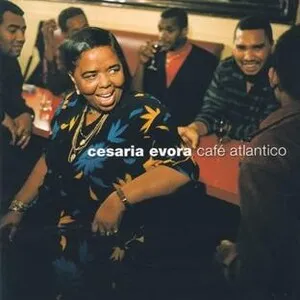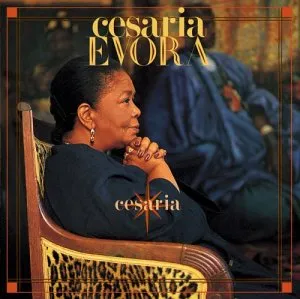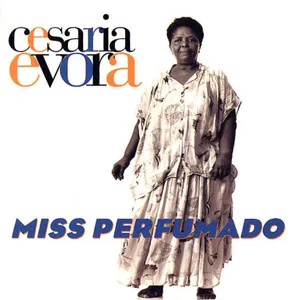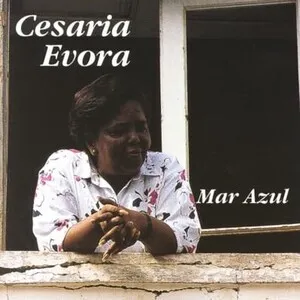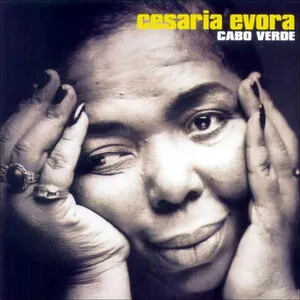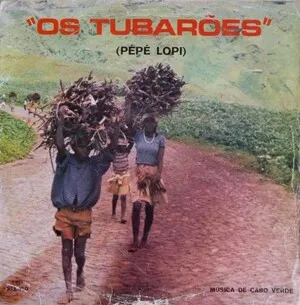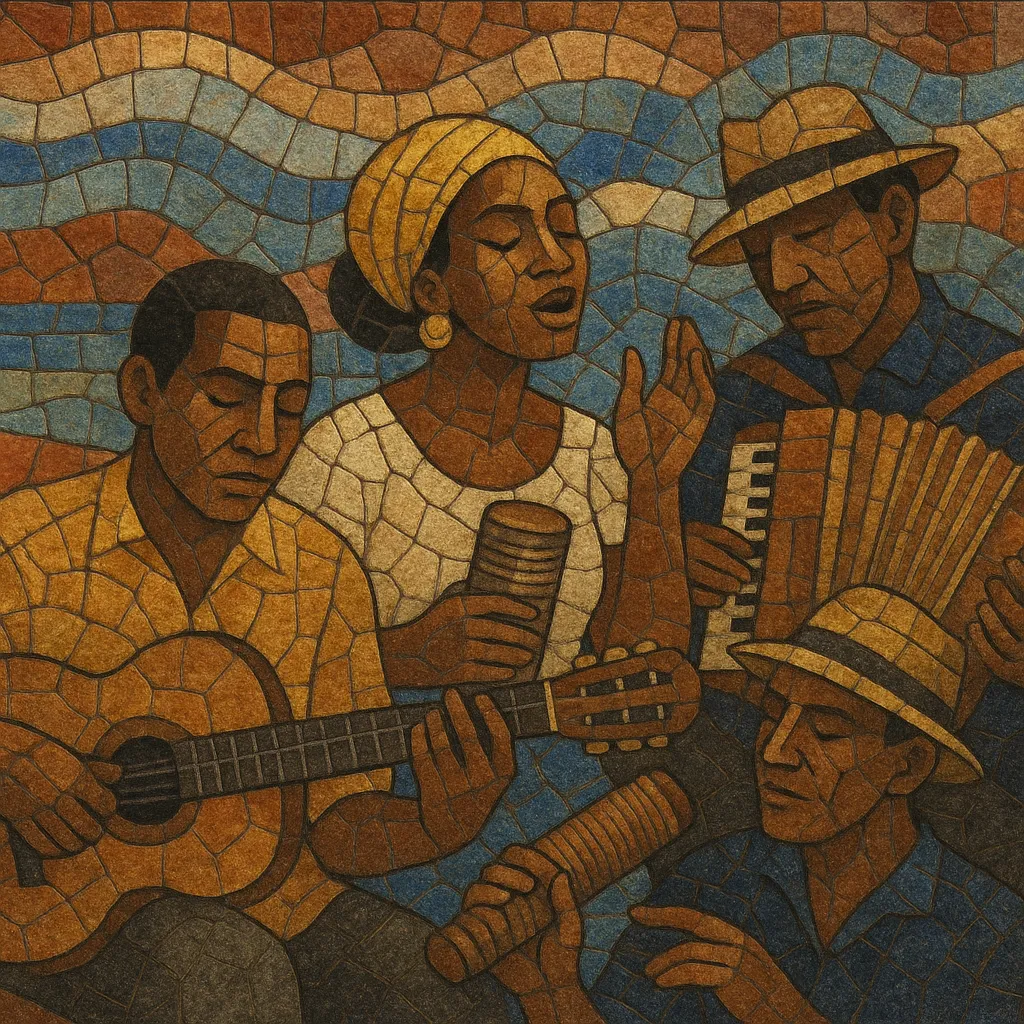
Cape Verdean music is the umbrella for the archipelago’s rich Creole soundworld, sung largely in Cape Verdean Kriolu and shaped by centuries of Atlantic exchange between West Africa, Portugal, and the Caribbean. It encompasses emblematic genres such as morna (slow, poetic, and deeply nostalgic), coladeira (lighter, witty, and danceable), funaná (fast, accordion‑driven grooves with the metallic ferrinho scraper), and batuque (communal, polyrhythmic call‑and‑response).
Its melodies and harmonies blend European tonal songcraft with African rhythmic sensibilities, while instruments range from guitars, cavaquinho, violin, clarinet/saxophone, and accordion to hand percussion and ferrinho. Themes of saudade, migration, the sea, love, and everyday life run through the repertoire, giving Cape Verdean music an immediately recognizable balance of melancholy and uplift.
Cape Verde’s insular position along Atlantic routes fostered a musical culture where West African rhythms intermingled with Portuguese song and broader Lusophone currents. By the early–mid 1800s, morna coalesced—likely drawing on European dance forms, fado sensibilities, Brazilian lundu, and Caribbean influences—becoming the islands’ emblematic slow, poetic song.
Morna matured as a refined salon and tavern repertoire with guitars, cavaquinho, violin, and later clarinet/sax. Coladeira emerged as a livelier counterpart, keeping morna’s harmonic language but with quicker, danceable rhythms and often satirical lyrics. Meanwhile, batuque (a circle‑dance with hand percussion and call‑and‑response) and funaná (rural music from Santiago with diatonic accordion and ferrinho) persisted as vital popular traditions, though funaná was marginalized under colonial rule.
After independence in 1975, there was a cultural revaluation. Groups like Bulimundo modernized and electrified funaná in the 1980s, bringing it to urban stages and recordings. The diaspora in Lisbon and Paris accelerated stylistic cross‑pollination: coladeira met Caribbean zouk and Haitian compas, helping set the stage for the development of kizomba on the Angolan/Lusophone scene.
Cesária Évora’s international success in the 1990s put Cape Verde on the world music map, spotlighting morna’s ‘saudade’ worldwide. Subsequent generations (e.g., Tito Paris, Ildo Lobo, Lura, Mayra Andrade, Sara Tavares) broadened the palette, blending traditional forms with jazz, pop, and Lusophone urban grooves. Today, Cape Verdean music thrives across islands and diaspora, balancing heritage genres (morna, coladeira, funaná, batuque) with contemporary production and global collaborations.

